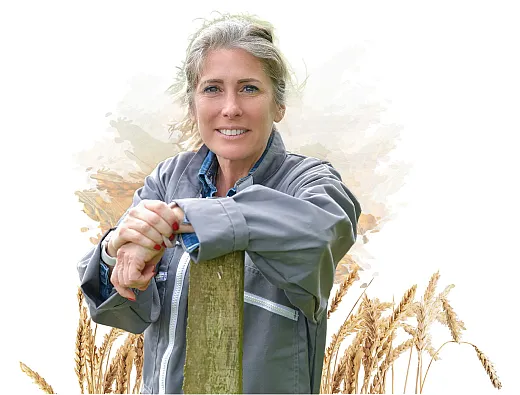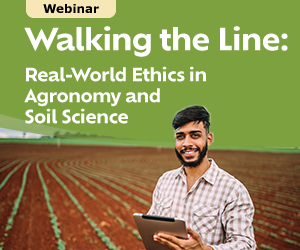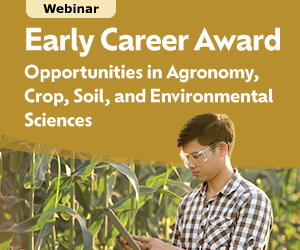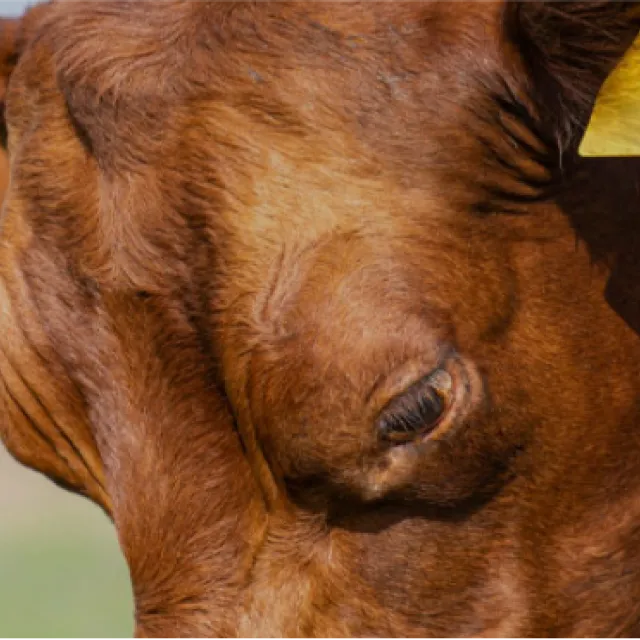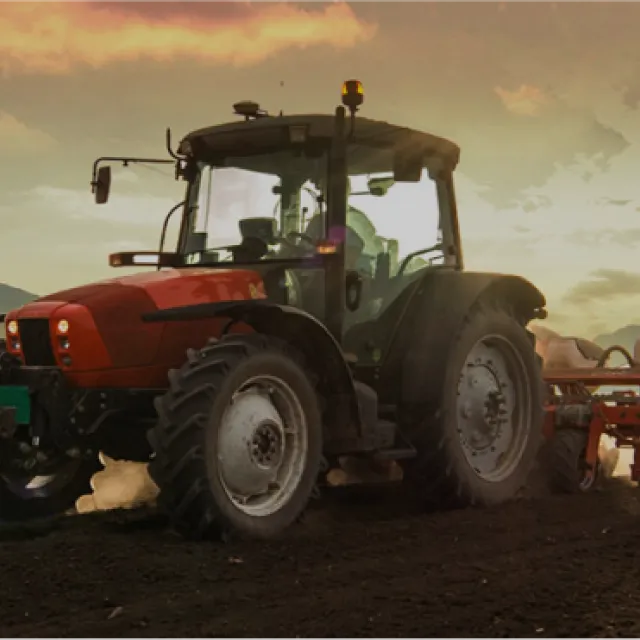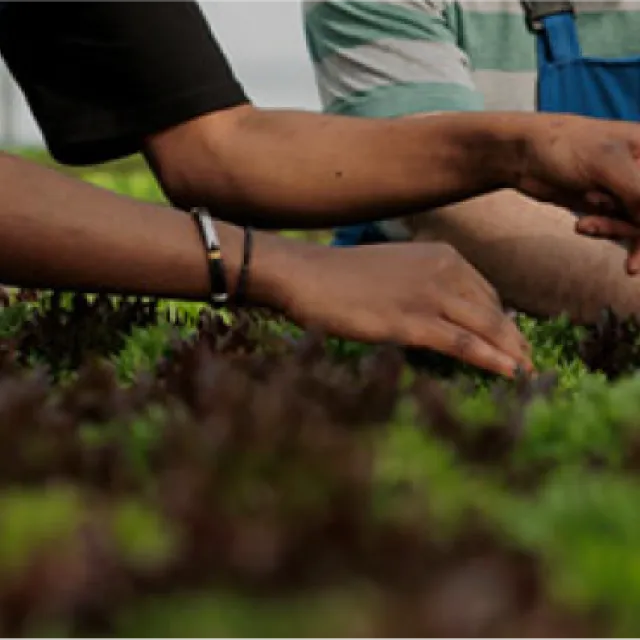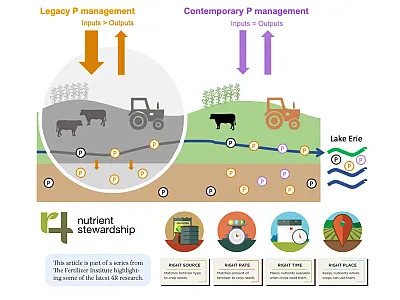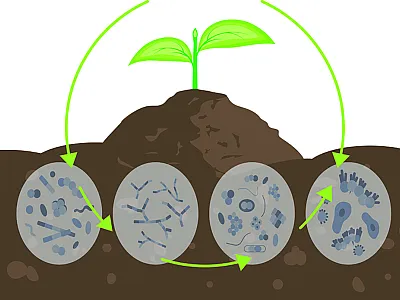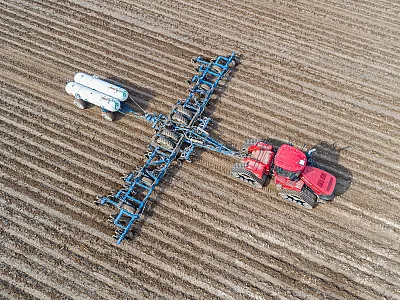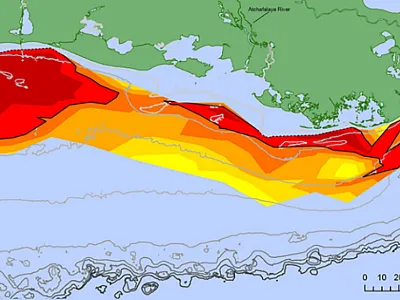
Enhancing farm profitability through nitrogen efficiency and yield stability
Understanding nitrogen efficiency and yield stability can significantly boost farm profitability while reducing agriculture’s environmental footprint. By using satellite data and long-term yield analysis, it's possible to identify “yield stability zones” within fields—areas that consistently perform high, low, or variably—allowing farmers and their CCAs to fine-tune fertilizer use. By adjusting nitrogen applications to match each zone’s productivity, farmers can save money, cut waste, and lower emissions without sacrificing yields.

Nation’s largest research dairy set to bring new insights on irrigation, soils, and manure management
The Idaho Center for Agriculture, Food, and the Environment (CAFE) is set to become the nation’s largest research dairy, advancing studies in irrigation, soils, and nutrient management as Idaho’s dairy industry rapidly expands. Ongoing research at the site—including evapotranspiration monitoring, soil variability analysis, and manure-management innovations—aims to improve water efficiency, crop productivity, and environmental sustainability across the region. Collaborative work with USDA-ARS and University of Idaho scientists is already yielding insights on manure’s long-term effects on soil health and new approaches for nutrient recovery.
Earn 0.5 CEUs in Soil & Water Management by reading this article and taking the quiz.
Featured articles
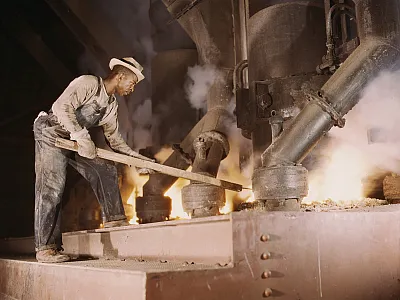
From rocks to riches: The history of the United States phosphate fertilizer industry
This article was prepared as a contribution of the Western Region Nutrient Management Coordinating Committee (WERA-103). Earn 1.5 CEUs in Nutrient Management by reading this article and taking the quiz.
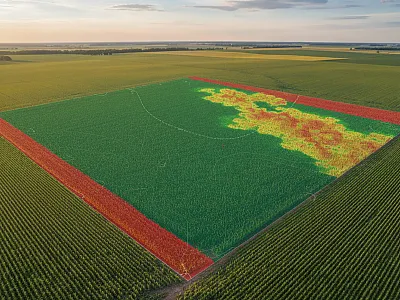
Enhancing farm profitability through nitrogen efficiency and yield stability
This article explores how understanding within-field yield variability can improve nitrogen use efficiency and farm profitability across the U.S. Midwest. By integrating long-term yield data, satellite imagery, and field-level nitrogen information, it identifies stable and unstable productivity zones to guide targeted nitrogen management. The findings highlight opportunities to reduce environmental impacts, lower input costs, and optimize crop performance through precision agriculture strategies.
Earn 1 CEU in Nutrient Management by reading this article and taking the quiz.
Most read articles
Recent articles
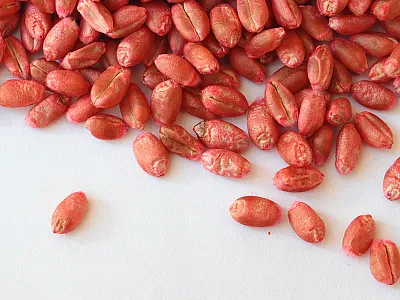
Variety choice influences soft red winter wheat yield more than seed treatment
The use of a seed treatment is common practice in most major crops in the United States, yet there is little research on the benefits of seed treatment usage on soft red winter wheat in the North Central United States. The purpose of this research trial was to evaluate how the use of a seed treatment influenced winter wheat canopy cover, yield, and test weight in Wisconsin, Indiana, and Michigan.
Earn 1.5 CEUs in Integrated Pest Management by reading this article and taking the quiz.
Halloween podcast special
Managing sorghum aphid
Sorghum is an important crop in the United States, grown for grain, forage and bioenergy purposes. However, its production is facing several challenges due to abiotic and biotic factors with aphids emerging as a significant pest in last decade. Once considered a minor pest, sorghum aphids have become a major threat to sorghum cultivation due to susceptible varieties and insufficient pest management strategies.
In this episode of the Field, Lab, Earth podcast, several experts share their insights on current research efforts and new methods to combat sorghum aphids.
Earn 0.5 CEUs in Integrated Pest Management by listening to this podcast episode and taking the quiz.
Events
Soil fertility, fertilizers, and crop nutrition: Past, present, and future
Society has made (and will be making) significant demands on agriculture in the not-to-distant future. Meeting future sustainability goals and environmental regulations while simultaneously continuing to meet requirements for food, feed, fuel, and fiber requires a firm understanding of how “we” have collectively arrived at our current status as it relates to our fertility principles and beliefs as well as the processes that address them. This series intends to describe crop nutrition and fertilizers from where we have been to where the authors believe that we will likely need to be prepared to go if we are to support world demands into the foreseeable future.
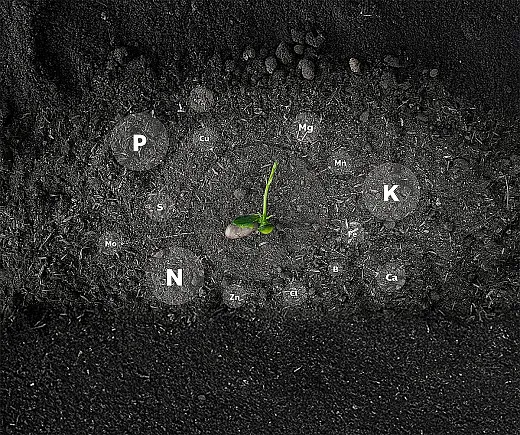
We want to hear from you
Do you have an article you'd like to submit or feedback for the magazine team? Let us know!
